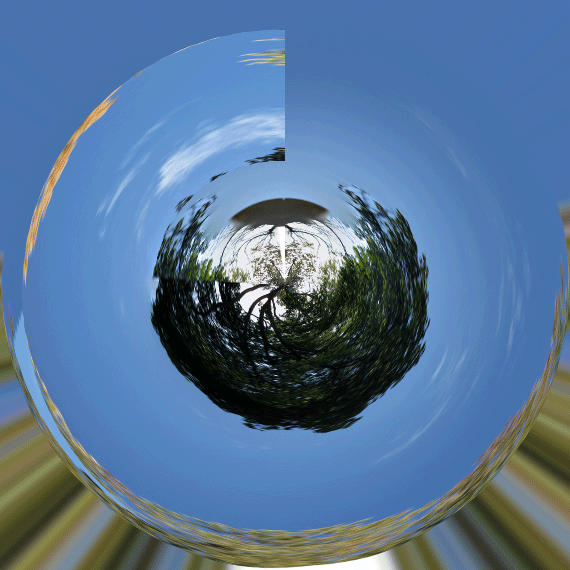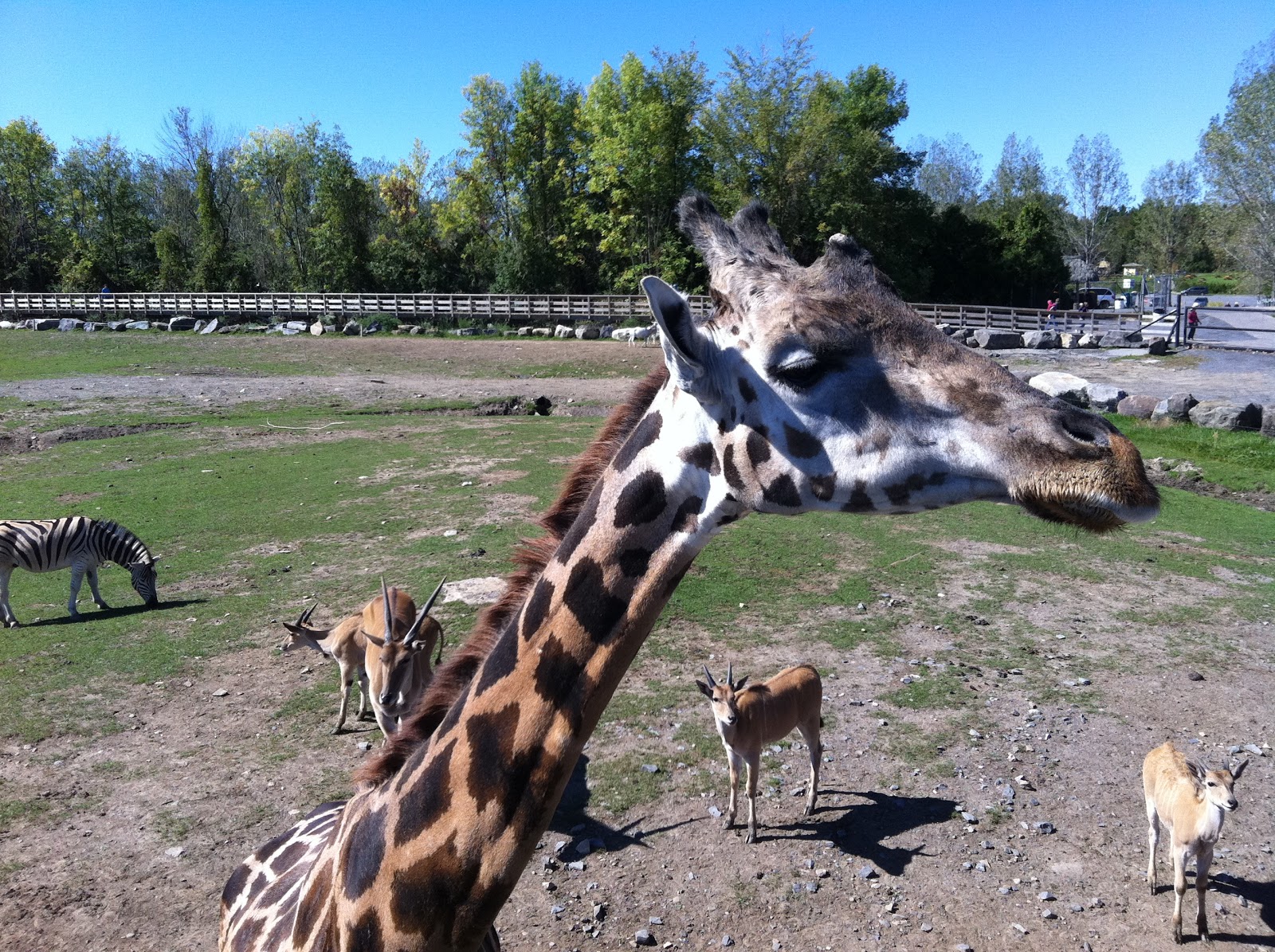Tuesday, 11 December 2012
Monday, 10 December 2012
Cell phone camera
With lyrices: http://www.youtube.com/watch?v=dxUqw_CAmCk&feature=youtu.be
With voice: http://www.youtube.com/watch?v=3X7q_jU5NKo&feature=youtu.be
With voice: http://www.youtube.com/watch?v=3X7q_jU5NKo&feature=youtu.be
I make this video by taking several pictures using the tool Continous Photos of my camera, then I use Windows Movie Live Maker to connect them, then I added music, animation and caption.
Tuesday, 4 December 2012
Monday, 3 December 2012
PANORAMA
I make this photo by taking several separated photos then I use Adobe Photoshop - photomerge - panoramic picture to make it together.
Then I use Crop tool to made the hedge of the photo.
Then I make it square, and overlap it 180 degree, then I use Filter - Polar Coordinate to make a planet panorama picture

Tuesday, 6 November 2012
Portrait Photo - Photo Studio
PORTRAIT - PHOTO STUDIO
This is my partner. I took portrait photos of her in photo studio. I used the black font, with a flash in front of her and a reflector and a disffuser and a fan also.
My camera was in white balance mode, with ISO 800.
Then I used photoshop to correct some shade on her face.
Tuesday, 30 October 2012
Tuesday, 23 October 2012
Tuesday, 18 September 2012
Self-portrait
This is my self-portrait. I have long brown hair and big eyes. I am very enthusiastic and hard-working at school and at work.
This photo was taken by auto mode of my Canon Digital Camera. I was looking at the mirror while I was taking this self-portrait photo.
Tuesday, 11 September 2012
Photogram
Photogram is the technique of tracking shapes of objects on photo papers, by using 1 small source of light in a dark room. When you expose the light, the path of the light is blocked by the papers, then it will create shapes of the objects on photo paper where the objects are blocked.
- PREPARING: First of all, we need to prepare objects that we want to take photograms with, and some pieces of photo paper to keep track of the objects. We put objects on the photo paper in whatever shape we want it to be.
- EXPOSURE: Secondly, in dark room, we expose a small source of light in about 10-15 seconds so that it can keep track of the shape of the objects on photo papers.
-DEVELOPING: Thirdly, also in the dark room, we put that paper into1st chemical liquid called developer in 3 minutes, to make to objects appeared on the photos. Then we take it out and let the chemical fall down until it almost dry, and we put it in the 2nd chemical liquid in 2 minutes. Then we also take it out and let the chemical fall down until it almost dry, and then we put it in the 3rd chemical liquid, called fix, which will help the photo to keep it image and it color still. We cannot mix the chemical liquid together because it will reduce the use of the chemical liquid.
- WASHING AND DRYING: Then we take the photo out of the chemical liquid and keep the make it totally dry, and then we put it in to the water in 10 minutes to wash all the chemical liquid, and we put it in the dryer until it is totally dried. And the photogram is finished.
I did it three times during my lab class. The first time, it was 50% successful because I did not expose the light enough time. The second time, the light was too light, so that I was not successful. However, the last time, I follow all instruction, so that it was successful. Taking photogram is an interesting experience. I love this lab so much.
- PREPARING: First of all, we need to prepare objects that we want to take photograms with, and some pieces of photo paper to keep track of the objects. We put objects on the photo paper in whatever shape we want it to be.
- EXPOSURE: Secondly, in dark room, we expose a small source of light in about 10-15 seconds so that it can keep track of the shape of the objects on photo papers.
-DEVELOPING: Thirdly, also in the dark room, we put that paper into1st chemical liquid called developer in 3 minutes, to make to objects appeared on the photos. Then we take it out and let the chemical fall down until it almost dry, and we put it in the 2nd chemical liquid in 2 minutes. Then we also take it out and let the chemical fall down until it almost dry, and then we put it in the 3rd chemical liquid, called fix, which will help the photo to keep it image and it color still. We cannot mix the chemical liquid together because it will reduce the use of the chemical liquid.
- WASHING AND DRYING: Then we take the photo out of the chemical liquid and keep the make it totally dry, and then we put it in to the water in 10 minutes to wash all the chemical liquid, and we put it in the dryer until it is totally dried. And the photogram is finished.
I did it three times during my lab class. The first time, it was 50% successful because I did not expose the light enough time. The second time, the light was too light, so that I was not successful. However, the last time, I follow all instruction, so that it was successful. Taking photogram is an interesting experience. I love this lab so much.
Thursday, 30 August 2012
Rules of Composition
*********************************************************************************
BALANCED COMPOSITION - This photo is balanced horizontally and vertically.
********************************************************************************
S CURVE - In this photo, the shape of the street is as S CURVE, which makes the photo more romantic, and the street seems to be longer.
********************************************************************************
FRAME IN FRAME - This photo is interesting because the object is put in another frame within the frame of the photo in balance, it makes the photo more attractive.
*********************************************************************************
Subscribe to:
Comments (Atom)


















.JPG)





